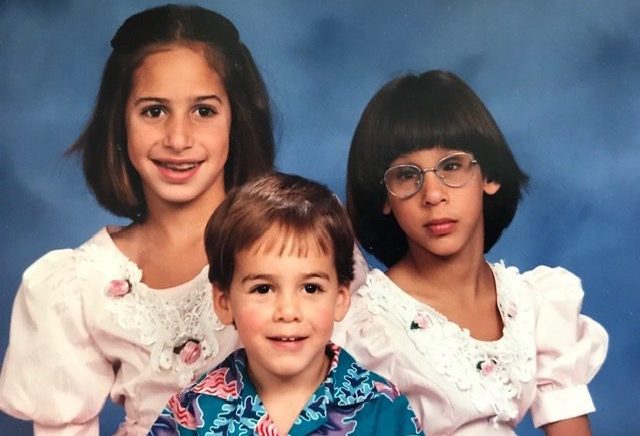Environment: dev.aph.org — Current roles: guest
 Rachel’s Trail to Braille
Rachel’s Trail to Braille
This is part of our series on the importance of braille literacy. We asked braille readers about their introduction to the braille system and how braille has changed their lives. Find tools and resources to support braille literacy in our toolkit blog.
My trail to braille began when I was 3 years old. I had a teacher come into my home to begin imparting those early braille concepts to me. This involved becoming acquainted with different textures, learning to recognize different thicknesses of lines, and differentiating between smooth and rough surfaces. Given that introduction to what I would later know as braille, my teacher had a crucial part in preparing me to go on to learn the Perkins Braille Writer. What the Perkins accomplished; I would come to learn could be accomplished much more efficiently when refreshable braille became a reality.
As I entered school, I had to prepare to read and write, and that couldn’t be done without braille. I used a cork board and thumbtacks and would press these tacks into the board to simulate pressing down on the Perkins Braille Writer keys. Pushing the thumbtacks into the corkboard helped develop the necessary finger strength to be able to write efficiently on the Perkins Braille Writer. If I thought the Perkins was effective, (my version of paper and pencil), then my world was flipped upside-down when electronic braille entered the picture.
My introduction to electronic braille began in the mid-1990s with the Braille & Speak 2000. No more did I have to clunk along with the Perkins Braille Writer. No more was I the only one noisily writing down my answers to a test in the classroom. The Braille & Speak made clunk-clunking along a thing of the past. I could print out assignments and hand them in to my teachers with no transcription necessary.
If I thought the Braille & Speak was life-changing, (I did, and it was), then that was only the beginning. I was able to take the device home for completing homework assignments and for learning that no matter how lost I got when exploring the device, there is always a command to save you. This happened to be a Z-chord. I loved exploring and learning as much as I could about the device.
A couple of years later, refreshable braille came into the picture. I was astonished that anything I wrote appeared right in front of me! There was no hard-copy paper, it was all electronic braille. It was fast. It was instant. From my first interaction with refreshable braille, I knew this technology was going to be life-changing.
My trail to refreshable braille began early in my education, and it is something I have taken with me into college, employment, and beyond. I use refreshable braille in my job, I use refreshable braille in my hobbies, (which involve radio and audio work). Refreshable braille makes completing tasks so much simpler. Nowadays, we have the advantage of putting braille, literally, in our pockets and navigating the world around us. Let us never forget to read and appreciate how braille makes exploring the world possible.
Rachel Feinberg is a Blindness Product Specialist at HumanWare.
Share this article.
Related articles
Chipping away at the backlog of unprocessed collections (there’s always a backlog in archives), I came across four spiral-bound volumes...
Photos above from Museum Archives: Hall braillewriter 1892; APH employees typing braille printing plates with stereograph machines, c. 1945; detail...
Reading and writing are the foundations of a successful education and lifelong learning. Finding the right tools for each student’s...
